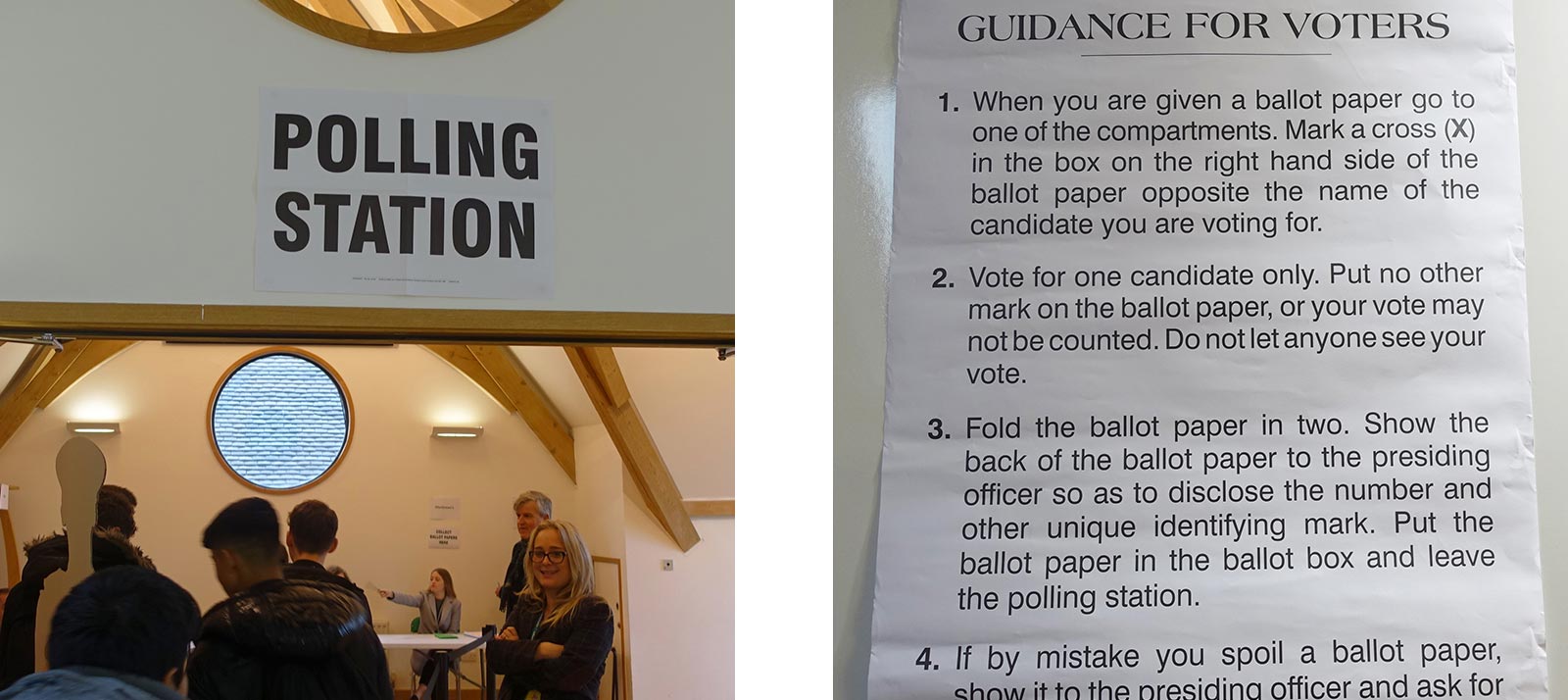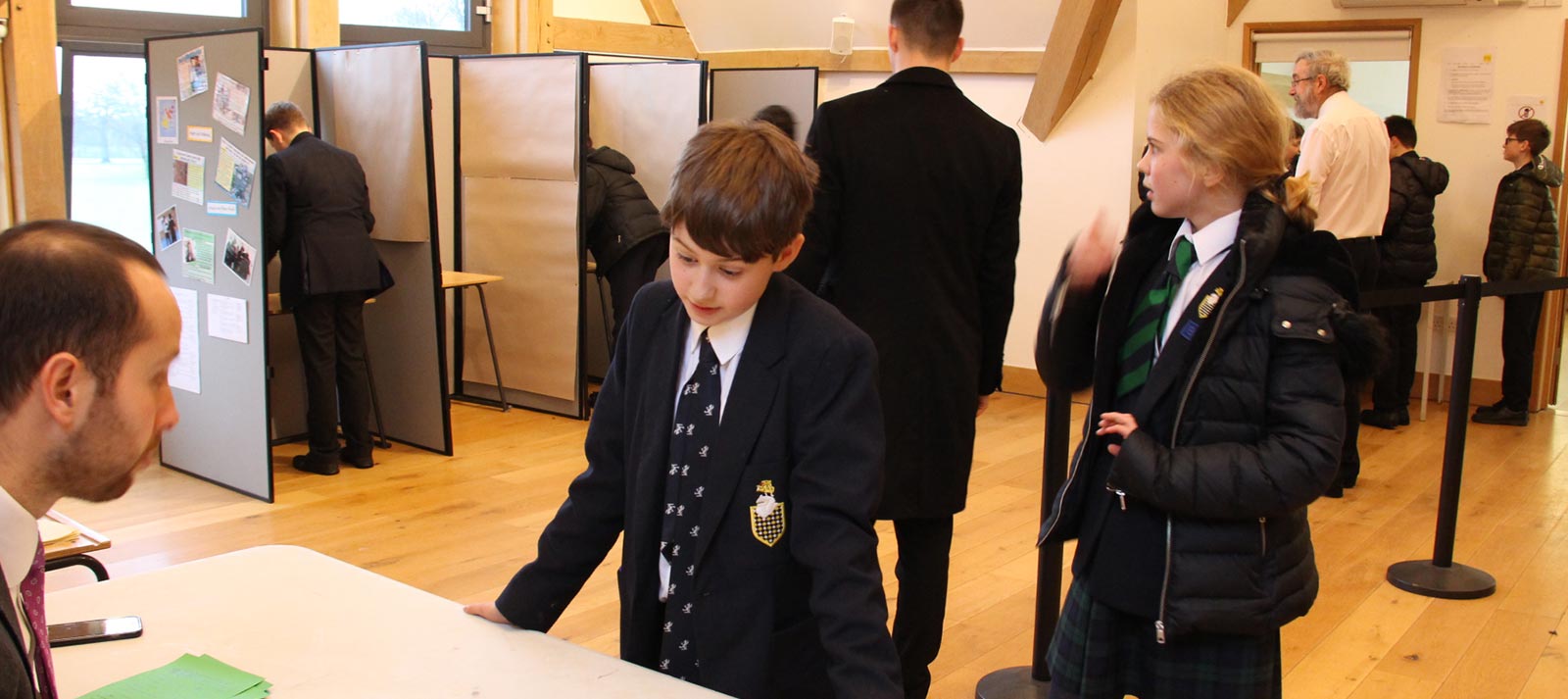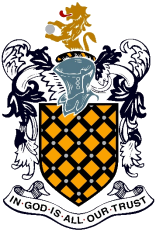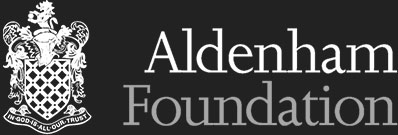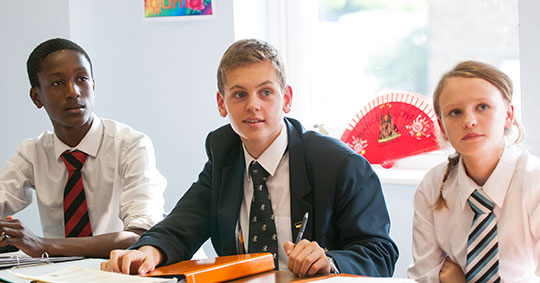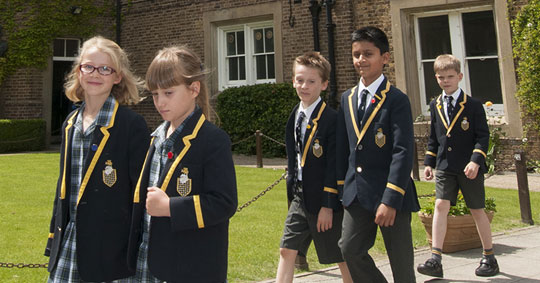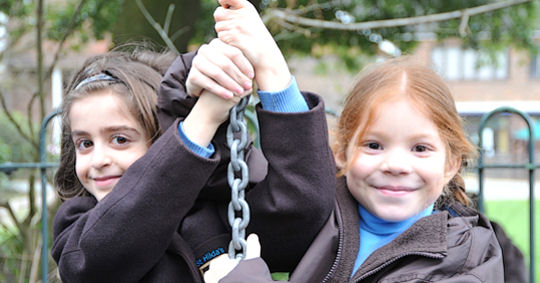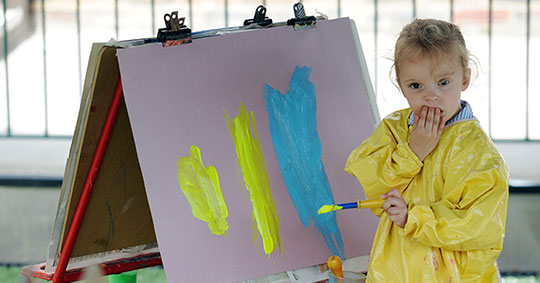Mock Elections at Aldenham
The last few days of the Aldenham Mock Election campaign saw a surge in the canvassing and campaigning activities of the candidates and their teams. The consequence of this, when coupled with the commitment of the pupils to participate, was an excellent overall turnout of over 72%.
The pupils themselves entered fully into the election and voting was conducted with seriousness and decorum. The depth of this was illustrated not only by the high turnout, but also the fact that applications were made for postal votes and proxy votes by those who knew they were not going to be able to vote in person. Even the spoilt ballot papers were clearly well thought out and grounded protest votes. All were examples of what are termed ‘write in votes’, a practice which is not only legal, but also used not infrequently in the United States (and has resulted in the election of a candidate not on the official ballot paper). Given the diverse background of the pupil body at Aldenham, it is not surprising that there is awareness of this procedure, and its use can only be admired as a considered response by a voter when presented with a dilemma by the choice of candidates on the ballot paper.
Thanks to the support and assistance of the Returning Officer and his colleagues at Watford Town Hall, it was possible to set up, in the Apthorp Room, a very accurate replica of the Polling Stations in use up and down the country for the General Election. A considerable debt of gratitude is also owed to members of the teaching staff for their willingness to take on the role of Poll Clerks.
The aim of the exercise was, inter alia, to give pupils an insight into the activities and procedures surrounding an election so that they would be able, in due course, to play a full and active part in civil society. This required the mock election to be as close to a real election as possible – hence the attempt to make the School’s Polling Station as accurate a reproduction of an official station as possible. However, in order not to make the best the enemy of the good, it was felt appropriate to use ballot papers which were colour coded by House so that it would be possible to analyse the patterns of voting by subsections of the electorate in just the same way as is done for the General Election. The detailed breakdown of figures that have been generated will no doubt keep the amateur psephologists occupied for some considerable time.
Recent News
28th June
Visitation Day 2024
19th June
Ecology Day 2024
14th June
Junior Production 2024
24th May

